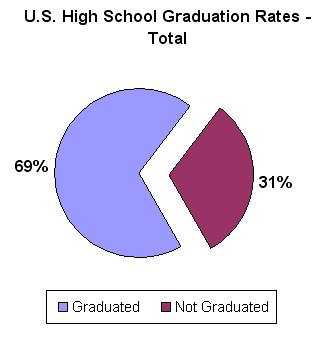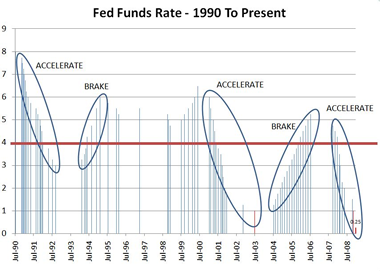Ethnic Divisiveness - Unintended Consequences
Headline: Metro Detroit sprawl separates blacks, jobs
- Slavery
- Civil War
- Jim Crow
- Black Activism
- Race Riots
- White Flight
- Racial Card Politics
- Decay
Detroit is caught in an outward spiral... a reverse black hole sort of effect... nothing in seems to want to stay.
Eventually, however, the process will reverse... almost naturally. It has to. The city is too strategically located to be abandoned entirely. But it has not yet reached its nadir. Detroit's present population is about 900,000. When it reaches about 750,000, there will be imminent threat of collapse. The state will be forced to step in. At that point, there will be significant opportunities to remake Detroit into a model city.
- Reclamation of large, blighted tracts for development
- buy-out of remaining residents
- tear-down of existing properties
- rezoning to achieve mix of residential, business and public areas
- bring in high-end developers... gated communities...
- Tax reformation
- hiatus on property taxes for residents and businesses moving into the city
- overall reduction of taxes residents and businesses must pay in the city
- privatization of city services such as garbage disposal
- Black Detroiters would have to relinquish significant political power
- White suburbanites would have to relinquish insulation and isolation from the problems of Detroit
- Taxes would increase overall
- Racial issues would have to be addressed

Regardless of the solution... waiting... creating a metropolitan area government... reducing the geography of Detroit... the present situation seems untenable. It is not about "unregulated employment growth" that the Brookings Institution cites. It is the unintended consequences of wrong decisions over many, many decades. Eventually, this area must bite the bullet... or continue to see them flying.















